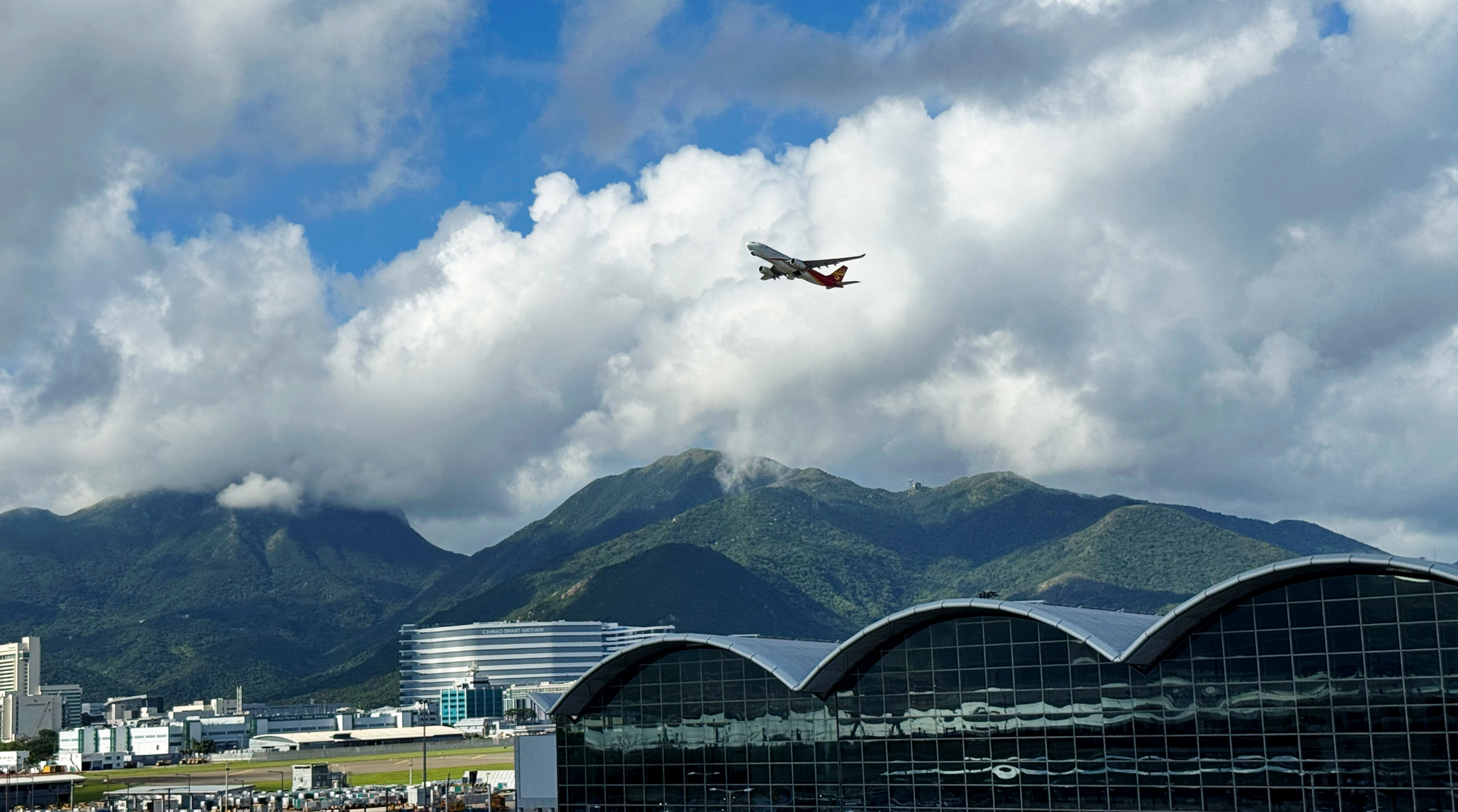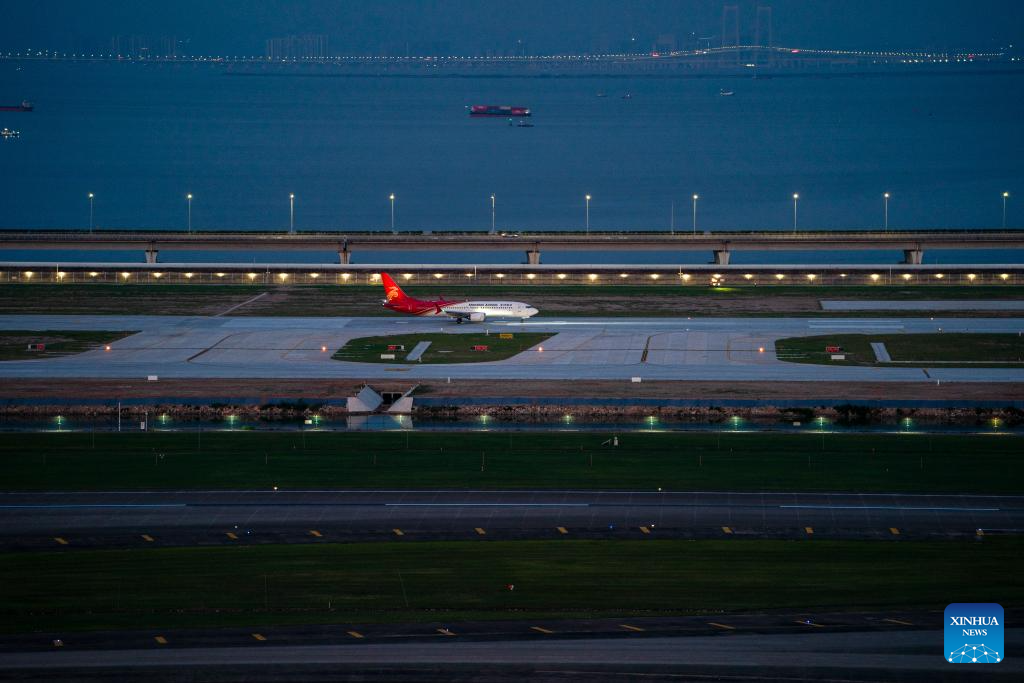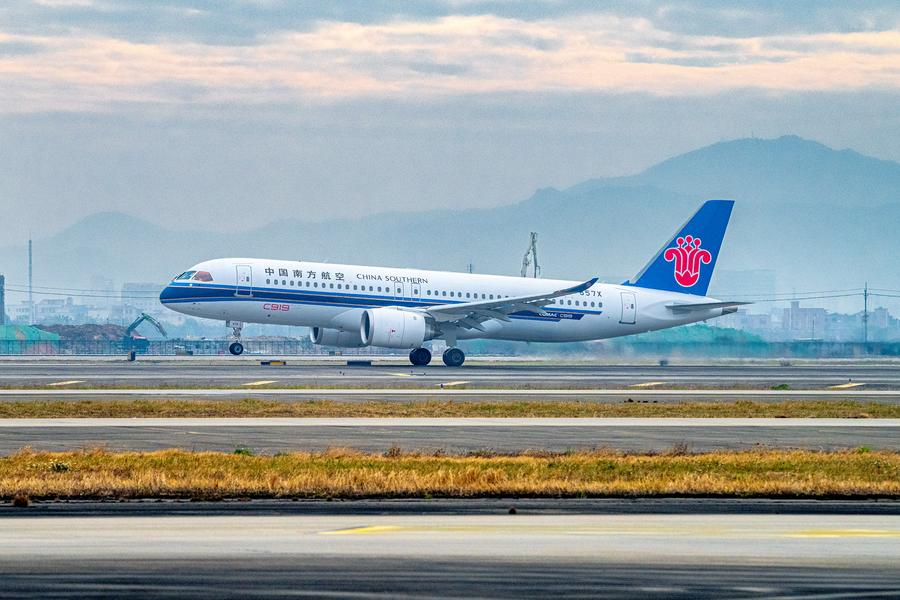
GUANGZHOU - A world-class airport cluster is rapidly taking shape in the Guangdong-Hong Kong-Macao Greater Bay Area (GBA), marking a significant milestone in regional infrastructure development. This ambitious project integrates multiple major airports to create a cohesive and efficient aviation network.
On July 30, Guangzhou Baiyun International Airport completed test flights on its fifth runway, becoming China's second and the GBA's first five-runway airport. Shortly after, on Aug 3, Shenzhen Bao'an International Airport concluded flight calibration for its third runway, paving the way for its operational launch within the year.
Following the November 2024 commissioning of Hong Kong International Airport's three-runway system, the GBA currently operates 13 runways and is soon set to expand to 15. Beyond these major hubs, other airports across the GBA are also advancing their expansion projects simultaneously.

The GBA's aviation landscape comprises three hub airports (Guangzhou, Shenzhen and Hong Kong), two major airports (Zhuhai and Macao), and two regional airports (Huizhou and Foshan), collectively serving over 200 global destinations.
The Outline Development Plan for the Guangdong-Hong Kong-Macao Greater Bay Area, released in February 2019, proposes the construction of a world-class airport cluster. It emphasizes the need to consolidate and enhance Hong Kong's status as an international aviation hub, strengthen its function as an aviation management training center, and improve the international hub competitiveness of Guangzhou and Shenzhen airports.
ALSO READ: GBA aircraft unveiled to promote HK's role as 'super connector'
Additionally, the plan aims to enhance the functions of airports in Macao and Zhuhai, while promoting complementary development and positive interaction among airports in the area.
In 2024, the total passenger throughput at the seven airports in the GBA exceeded 200 million, reflecting the enhanced vitality of the urban agglomeration and the steady, positive economic development of cities in the region. This robust performance strongly endorses the ongoing airport expansion projects in the region.
In the meantime, substantial progress has been made in infrastructure, including the construction of new terminals and the development of transportation links connecting the airports. Advanced technologies are being implemented to streamline operations and improve passenger experiences across the network.

The International Air Transport Association forecasts that by 2030, the air passenger and cargo demand in the GBA will reach 387 million passenger trips and 20 million tonnes.
The GBA airport cluster is forming a multi-layered network featuring "Hong Kong as an international transit hub, Guangzhou as an Asia-Pacific hub, and Shenzhen as a hub for direct flights to emerging markets", covering major global economies and emerging markets and demonstrating strong global connectivity.
Hong Kong International Airport can reach major cities in the Asia-Pacific region within a four-hour flight radius, and its 5-hour flight radius covers over half of the global population.
Guangzhou Baiyun International Airport operates approximately 75 international passenger routes and 46 international cargo routes weekly. Shenzhen Bao'an International Airport has over 50 international and regional destinations, with more than 800 weekly flights serving these routes.
READ MORE: Complementary synergy to boost GBA’s development
Wang Guowen, director of the Institute of Logistics and Supply Chain Management at Shenzhen-based China Development Institute, said that the expansion of the airport cluster will not only make the GBA an aviation logistics hub connecting China and the world, but will also reduce corporate logistics costs within the region, promote the free flow and efficient allocation of economic factors, and propel the transformation of the GBA from a "world factory" to a "world market".


